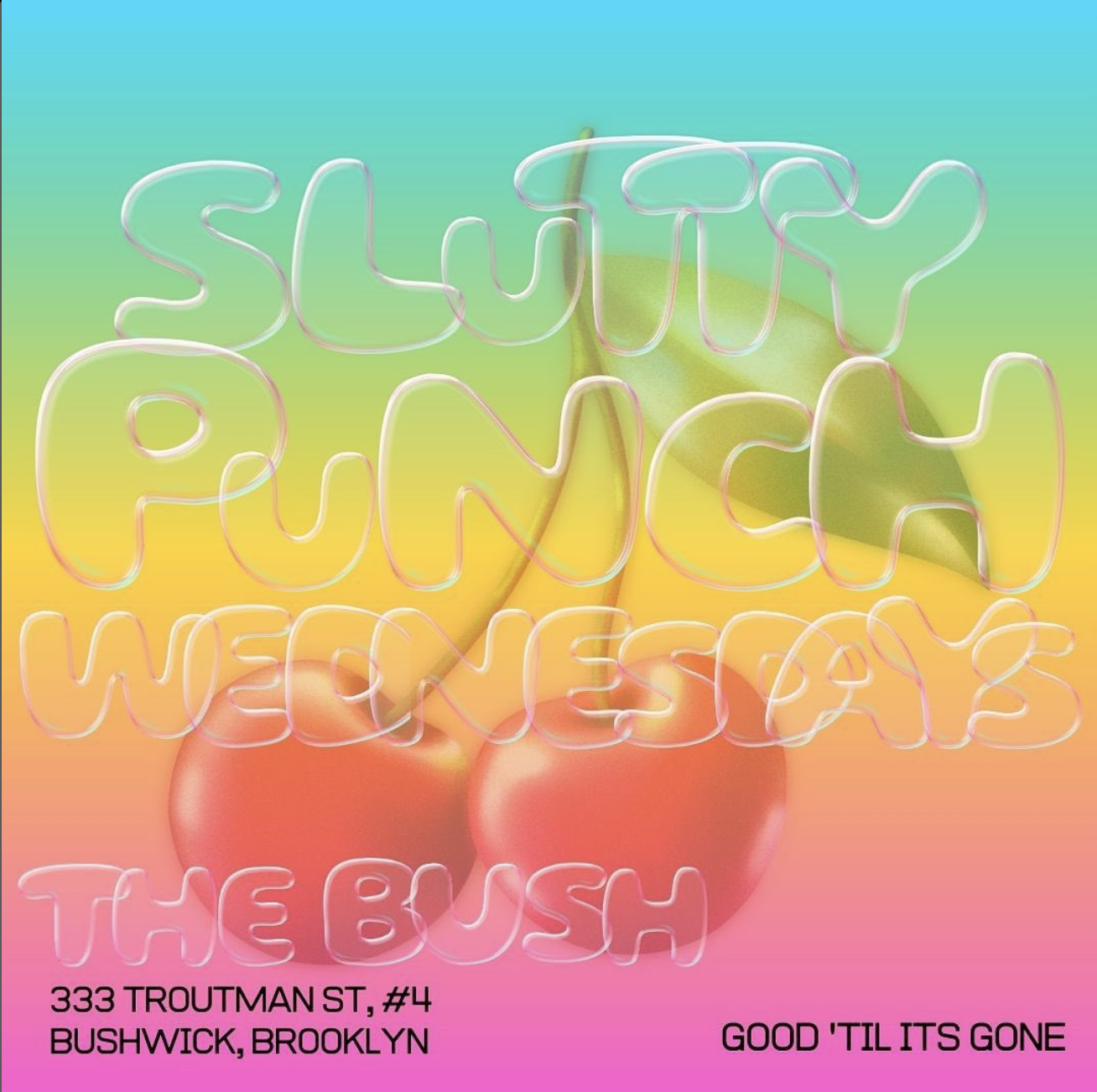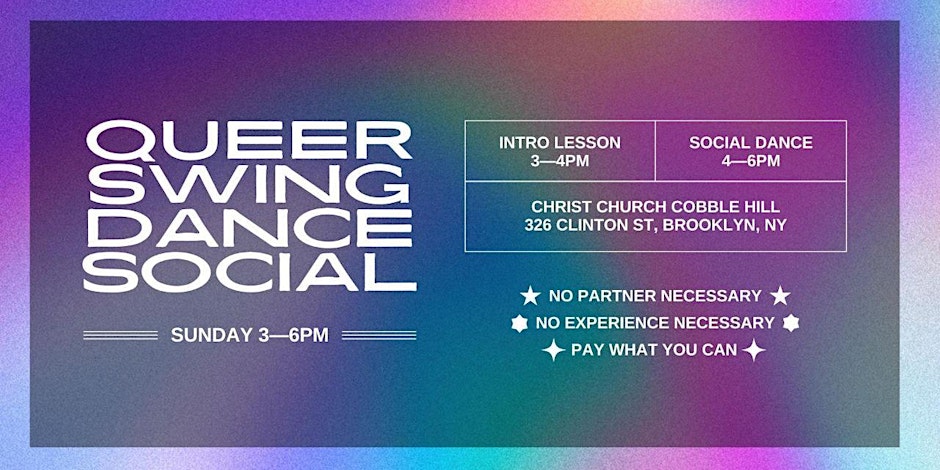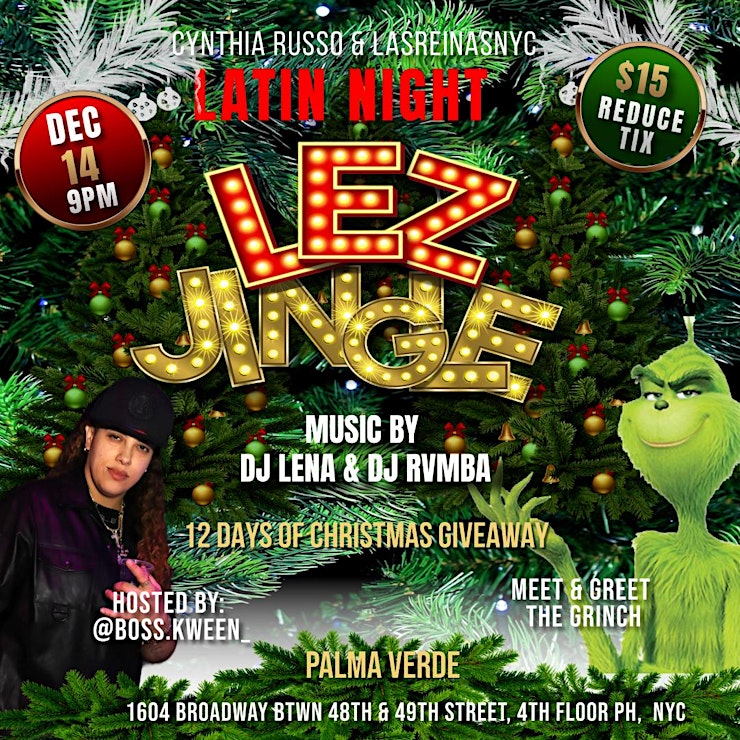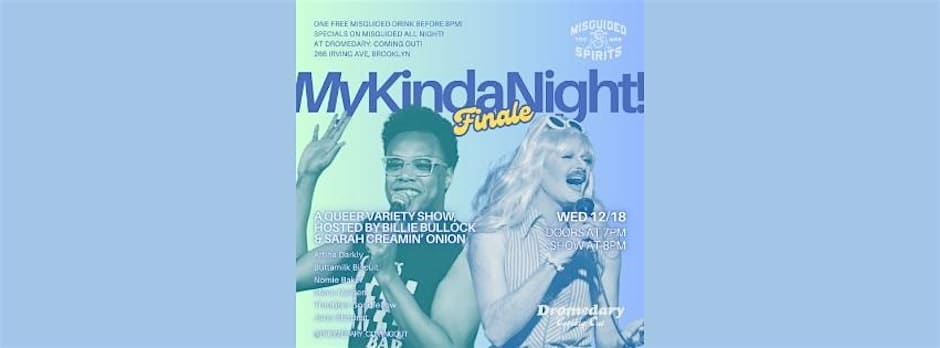The Grand Canyon has been showered with accolades as much as any of America’s many spectacular national parks, yet few who visit this 300-mile-long gorge leave disappointed. It’s one natural attraction that truly lives up to its considerable reputation. Many of the park’s LGBT visitors combine their adventure with either a stay in rollicking Las Vegas or the groovy New Age town of Sedona, but don’t overlook the nearest small city, Flagstaff. This laid-back, cultured and pine-studded college town has plenty going for it and makes a terrific base for exploring northern Arizona.
The largest city on Interstate 40 between Los Angeles and Albuquerque, Flagstaff (flagstaffarizona.org) is known for its seemingly endless supply of inexpensive chain motels and restaurants. Sadly, too many road-tripping visitors never get much beyond the exit ramp before continuing on with their journeys. In fact, this well-kept, historic city of about 66,000 is worth getting to know. It’s known for cool, dry summers and snowy but sunny winters, and has enough diversions and attractions to keep you busy for several days.
The presence of Northern Arizona University infuses Flagstaff with a youthful, bohemian personality that’s enhanced by the many outdoorsy types who have settled here from smoggier and more crowded parts of the West. The gay scene is subtle but pronounced: Plenty of gays and lesbians live here or nearby, and the rest of the population seems largely split between those who embrace diversity and those who simply don’t care much about their neighbors’ gender, race or sexual orientation.
Activity in Flagstaff often revolves around the picturesque downtown, which is rife with Victorian and early 20th-century redbrick buildings that date to the city’s early years as an Old West railroad hub. The Arizona Historical Society’s Pioneer Museum, housed in a 1908 building constructed of rock deposited by an ancient volcanic eruption, traces the region’s growth with a variety of artifacts and exhibits. The AHS’s Riordan Mansion, an ornate Arts and Crafts mansion, is also open for tours—it was built by the same architect responsible for the Grand Canyon’s iconic El Tovar Hotel. Be sure to see the Museum of Northern Arizona, which contains an outstanding collection of Native American arts and crafts and natural history exhibits. And keep your eyes and ears open for any events scheduled for the Coconino Center for the Arts, whose arts exhibits, musical performances and workshops draw on different aspects of the American West, from Native American history to the contemporary cowboy’s lifestyle.
Outdoors enthusiasts will find plenty to keep them busy. Reaching around the city on almost every side, Coconino National Forest contains the largest concentration of ponderosa pine trees in the world. There are many places within the forest where you can hike or mountain-bike. Just 15 miles northwest of town, the Arizona Snowbowl draws winter skiers to its 40 downhill runs and 2,300-foot vertical drop and offers a tram ride to an elevation of 11,500 feet during the warmer months.
Flagstaff Dining
Flagstaff has a lively and increasingly sophisticated dining scene full of excellent values. The hip Tinderbox Kitchen (tinderboxkitchen.com) focuses on slow food and regional ingredients with its superb and creative modern American cuisine. Criollo (criollolatinkitchen.com) attracts foodies with its finely crafted, upscale Latin American fare, while Cuvee 928 (cuvee928winebar.com) and Hops on Birch (hopsonbirch.com) appeal to wine and craft-beer fans, respectively. You can observe the local color at Mountain Oasis, a cute storefront cafe with tall windows and a handful of sidewalk tables; nosh on leafy salads, falafel plates, and fine coffees and microbrews. Beaver Street Brewery (beaverstreetbrewery.com) turns out great wood-fired gourmet pizzas, hefty burgers, and other hearty but often creative pub fare.
Drop by Karma (karmaflagstaff.com) for the best sushi in town, and Pato (patothai.com) for artfully presented Thai food. Macy’s European Coffeehouse & Bakery (macyscoffee.net) is a favorite of the gay community, known for delicious espresso drinks, hearty and healthy breakfasts, and decadent baked goods. While there are no gay bars in town, you’ll often find LGBT folks at some of the restaurants above, at the lounge in the Hotel Monte Vista, and at eclectic bars like Pay ‘N Take (payntake.com), the Green Room (flagstaffgreenroom.com), and Uptown Pub and Billiards (uptownpubhouse.net).
Flagstaff Hotels
A beautifully decorated, gay-friendly B&B, the nine-room Inn at 410 (inn410.com) dates to 1907. Rooms have canopied beds, local Southwestern and Indian arts and crafts, and fine original woodworking—the decorative themes vary considerably from room to room, and some units have fireplaces. On the east side of town, gay-owned Starlight Pines B&B (starlightpinesbb.com) is a richly furnished, four-room inn that’s a favorite of couples seeking romance. You’ll find a brass-accented fireplace and a long, deep claw-foot soaking tub in the Dragonfly Room, and two ground-floor accommodations enjoy easy access to the inn’s dramatic 70-foot wraparound veranda.
A sponsor of Flagstaff’s gay pride event in June, Pride in the Pines, the upscale, pet-friendly Woodlands Hotel (flagstaffwoodlandshotel.com) has 183 well-appointed rooms, a seasonal outdoor pool, and a recently renovated fitness center. The funky but affordable Hotel Monte Vista (hotelmontevista.com) has been an anchor of downtown Flagstaff since the 1920s—it’s just a block north of historic Route 66. Numerous celebrities and dignitaries stayed here during the hotel’s heyday.
Logistically, it’s possible to use Flagstaff as a base for exploring the Grand Canyon (nps.gov/grca) on a daytrip. The town is just 75 minutes via U.S. 180 to the park’s South Rim. This makes it possible to drive up for the day, check out a number of vantage points, embark on one or two short hikes along the rim, explore the visitor centers, and enjoy lunch and perhaps even dinner, while still being able to make it back to Flagstaff by late evening. For many visitors, especially those just passing through northern Arizona, this option makes good sense.
Park Lodgings
However, if you want to spend some quality time at the Grand Canyon, consider driving up to the South Rim and staying at one of the park lodgings (grandcanyonlodges.com), such as the famous and historic El Tovar, with its elegantly rustic rooms and atmospheric, old-fashioned dining room. It’s easier to get a room with a true view of the canyon at the modern and extremely comfortable Kachina or Thunderbird Lodges, and next door at the 1935 Bright Angel Lodge & Cabins. For a room inside the park, especially at one of the properties near the canyon rim, reserve as far ahead as possible (up to a 13 months in advance). And don’t assume all of the lodges nearest the rim are especially expensive; a standard room with a shared bath at Bright Angel Lodge costs under $100 nightly.
Another good strategy is staying 60 miles due south of the Grand Canyon’s South Rim in little Williams, a rustic and friendly slice of Old West Americana conveniently situated along I-40 just 35 miles west of Flagstaff. The town is the terminus of the historic Grand Canyon Railway (thetrain.com), and its adjacent historic hotel. Parts of the 297-room property date to 1908, and an on-site pub and café provide sustenance as well as plenty of character. You can make the hotel your base camp and visit the Grand Canyon during the day by way of the vintage railway, which uses historic Pullman coaches as well as a variety of sleek first-class parlor and dome cars; trains leave in the morning and return by early evening. Or take the train to the park and spend a night or two there.
North Rim
Visiting the North Rim of the Grand Canyon offers tremendous rewards to those who make the considerable extra effort to go. The views are even better (it’s at an elevation of 8,800 feet, nearly 2,000 feet higher than the South Rim), the crowds are fewer, and the ambience is less commercial, but this section of the park is open only mid-May through mid-October, weather permitting. To get here from Flagstaff, allow yourself between four and five hours (the distance is about the same from the South Rim).
This beautiful drive begins on U.S. 89 and passes through a landscape marked by frequent and dramatic changes in scenery. Along the way, you can make a small side trip to Sunset Crater Volcano National Monument, a nearly 1,000-year-old volcano – hiking trails loop around but not actually inside the crater. U.S. 89 then curves up around the east side of the Grand Canyon; about 60 miles after passing through historic Cameron Trading Post (a good stop for a casual lunch or to shop for Native American collectibles), you bear left onto U.S. 89A and then cross over a narrow gorge of the Colorado River, called Marble Canyon, which has a small visitor center and makes for a nice roadside break. You’ll drive alongside Vermilion Cliffs Monument and then up into the Kaibab National Forest, rapidly gaining a few thousand feet in elevation, before turning onto Highway 67 (the North Rim Parkway), which winds some 50 miles south through stands of evergreens to the North Rim.
The facilities at the North Rim are limited, but there is a wonderfully rustic old hotel, the Grand Canyon Lodge (grandcanyonforever.com/
Andrew Collins is the editor in chief of the GLBT travel magazines OutAloha and OutCity, and he covers gay travel for the website GayTravel.About.com. He can be reached care of this publication or at OutofTown@qsyndicate.com.










































































